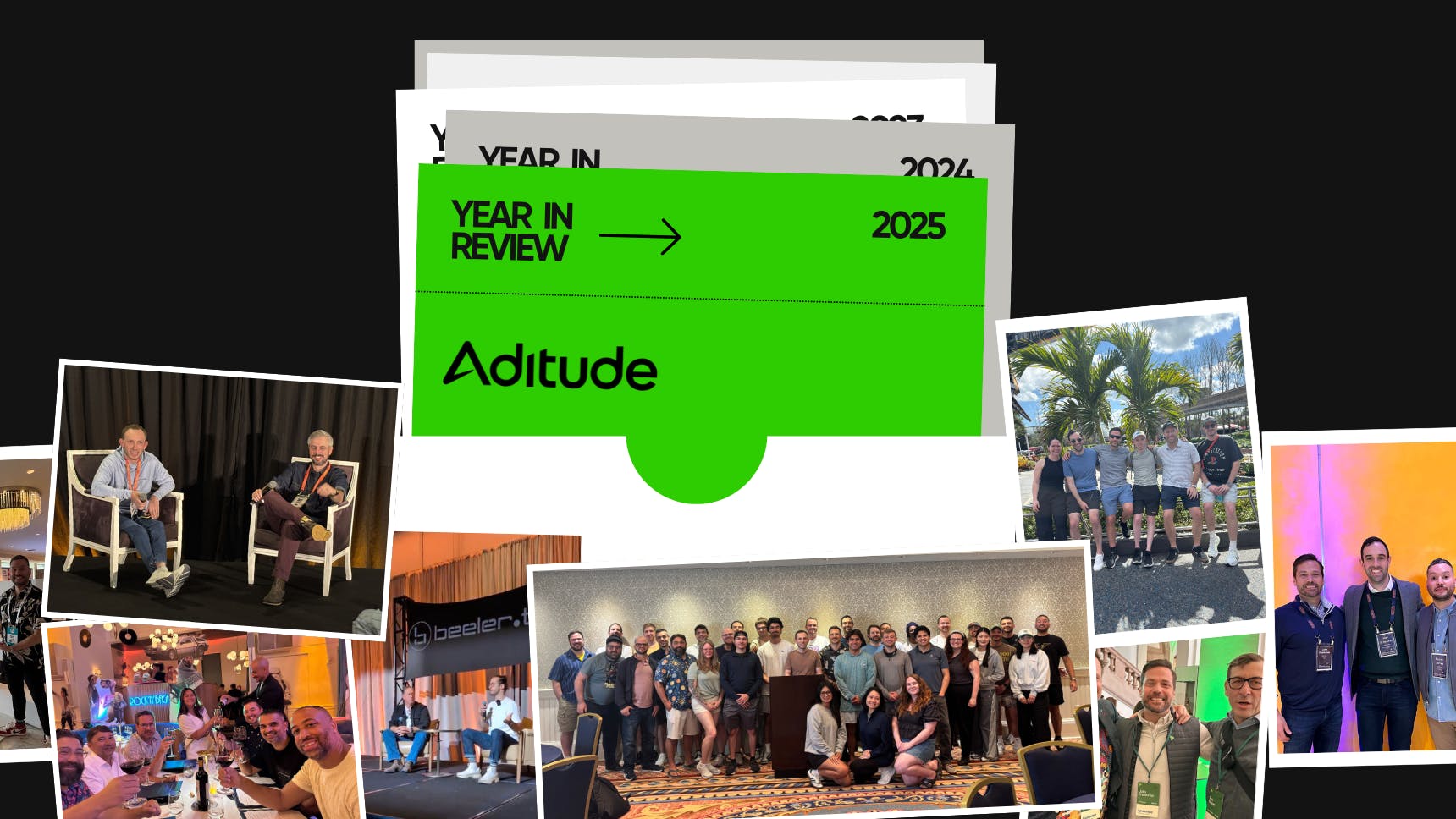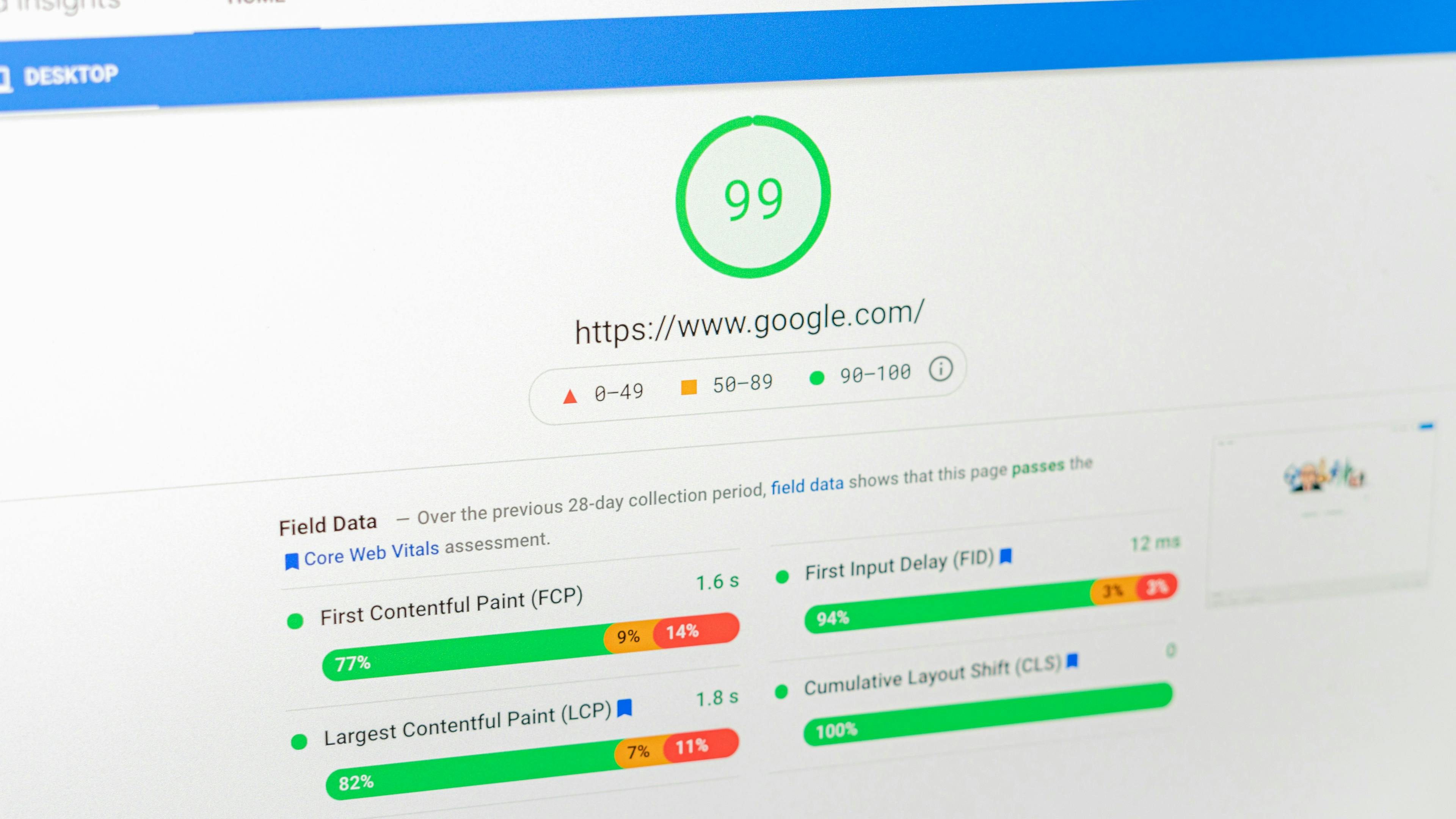6 Tips to Improve User Experience with Ads

In the rapidly evolving world of digital advertising, user experience is critical for retaining audiences and maximizing ad revenue. Josh Robins, Director of Growth at Aditude, uses his extensive expertise to highlight actionable strategies for enhancing the user experience with ads from a programmatic advertising perspective. This blog aims to give publishers practical tips for improving their pages' speed, user engagement, and overall ad revenue.
1. Optimize Ad Load Times
Ad load times significantly impact user experience and engagement. Slow ad loads can lead to higher bounce rates and reduced user interaction.
Tips:
- Use Asynchronous Loading: Load ads asynchronously to prevent them from delaying the rendering of page content. This means ads will load independently of the main content, ensuring users can interact with the page while ads continue to load.
- Reduce Excessive Bidder Calls: Limiting the number of SSPs on your page can significantly improve user experience and revenue performance. Reducing redundant SSP's same page resources, network requests, and any third-party javascript they potentially may load. See our A/B Testing guide for differentiating between valuable and non-valuable bidders.
- Prioritize Above-the-Fold Ads: Prioritize loading ad units above the fold, where they are visible without scrolling. This ensures faster visibility and engagement, as these ads load first and capture user attention immediately.
2. Implement Lazy Loading
Lazy loading is a technique that defers the loading of non-critical elements until they are needed, improving initial page load speed.
Tips:
- Lazy Load Images and Ads: Use lazy loading for images and ad units. This means these elements will only load when they are within a defined threshold of the user viewport, reducing the page's initial load time.
- Compatibility with Viewability Metrics: Ensure that lazy-loaded elements are compatible with viewability metrics for advertisers. Proper implementation ensures that ads still count towards viewability benchmarks once they load and become visible.
- Balancing Viewability Metrics: Ensure that lazy-loaded elements are aligning with viewability metrics for advertisers. A best practice is to use existing data to best estimate when to load the ad so that it will be fully loaded just as it enters into a user's viewport.
3. Leverage Header Bidding
Header bidding is a programmatic advertising technique that allows publishers to offer inventory to multiple ad exchanges simultaneously before calling their ad servers.
Tips:
- Optimize Demand Partners: Balance the number of demand partners to ensure optimal page load times without sacrificing ad revenue. Too many partners can slow the process, while too few can limit revenue potential.
- Adjust Timeout Settings: Regularly review and adjust timeout settings for header bidding to find the optimal balance between speed and revenue. Shorter timeouts can improve page load times, but they may reduce the number of bids.
4. Improve Mobile Experience
With the increasing use of mobile devices, optimizing the mobile experience is crucial for engaging users and driving ad revenue.
Tips:
- Responsive Design: Ensure your website is responsive, providing a seamless user experience across all devices, including desktops, tablets, and smartphones.
- Mobile-Optimized Ad Formats: Use ad formats that are optimized for mobile, such as native ads and sticky units that stay in view as users scroll. These formats are less intrusive and more engaging on smaller screens.
- Minimize Load Times: Compress images and use efficient coding practices to reduce mobile page load times. Faster mobile pages lead to better user retention and higher ad engagement.
5. Monitor and Analyze Performance Metrics
Regular monitoring and analysis of performance metrics are essential to identify areas for improvement and measure the effectiveness of optimization efforts.
Tips:
- Use Performance Tools: Track user experience using tools like Google Analytics, Lighthouse, and PageSpeed Insights. These tools provide valuable insights into metrics such as page load time, time to interactive, and bounce rate.
- Review Metrics Regularly: Review performance metrics regularly to identify trends and areas for improvement. This helps maintain optimal user experience over time.
- A/B Test Strategies: Conduct A/B tests to compare optimization strategies and determine the most effective ones. This data-driven approach ensures that changes lead to actual performance improvements.
6. Collaborate with Your Ad Tech Partners
Effective collaboration with ad tech partners is crucial for optimizing ad performance and page load times.
Tips:
- Open Communication: Maintain open communication with your ad tech partners to address performance issues promptly. Regular check-ins can help identify and resolve problems before they impact users.
- Share Data and Insights: Share performance data and insights with your partners to enable data-driven optimization. Collaborative efforts can lead to more effective strategies and better results.
- Stay Updated: Stay informed about the latest ad tech innovations and best practices. This will allow you to implement cutting-edge solutions that enhance performance and revenue.
Conclusion
Optimizing user experience is an ongoing process that requires continuous effort and attention to detail. Website publishers can enhance page speed, user engagement, and ad revenue by implementing the tips outlined. Remember, the digital landscape constantly evolves, so staying informed about industry trends and advancements is crucial. For further assistance and expert advice, don't hesitate to contact Aditude.




